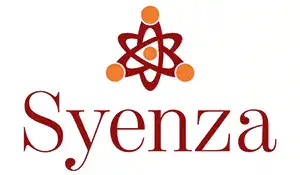The Stark Reality of Childhood Cancer Treatment in LMICs
Every year, the World Health Organisation (WHO) reports an estimated 400,000 children and adolescents aged 0-19 develop cancer. The most common types are leukaemias, brain cancers, lymphomas, and solid tumours, such as neuroblastoma and Wilms tumours. High-income countries (HICs), which house only 20% of the world’s children with cancer, boast cure rates exceeding 80%. In stark contrast, Childhood Cancer Treatment in LMICs only manage a 30% cure rate.
The Challenges of Healthcare in LMICs
The economies of most LMICs are at an early stage of development, marked by poverty, health-care worker shortages, weak health systems, low education levels, and limited access to modern technology and healthcare facilities. Paediatric oncology, the specialised field dealing with cancers in children and adolescents, demands a high level of expertise and resources. Unfortunately, these are often lacking in LMICs, exacerbating the problem of childhood cancer.
The Essential Components of Effective Childhood Cancer Treatment
Effective treatment of childhood cancer requires a robust system with specialised diagnostic and therapeutic capabilities. Key elements include trained paediatric oncologists, surgeons, pathologists, radiation oncologists, radiologists, pharmacists, and nurses. Reliable supplies of chemotherapeutic agents, supportive care medications, and blood products are crucial. Diagnostic imaging capabilities and basic laboratory services are also vital. However, even with these in place, treatment abandonment remains a significant cause of treatment failure in many LMICs.
The Importance of National Cancer Plans (NCPs) in LMICs
Most LMICs lack policies to ensure good paediatric oncology care and do not have a National Cancer Plan (NCP). An NCP is a public health programme aimed at increasing diagnosis, reducing the number of deaths, and improving the quality of life of cancer patients. It promotes the development of management guidelines, emphasises early referral pathways, lowers morbidity and mortality, and improves the quality of life of cancer patients, regardless of their birthplace.
Education and Training Initiatives in LMICs
Education and public awareness are crucial components in the fight against childhood cancer. For instance, the CHOC Childhood Cancer Foundation has been collaborating with the Department of Health and Traditional Healers Organisations since 2011 to educate health professionals, healthcare workers, and communities about childhood cancer. This initiative aims to bust myths, reduce stigma, and improve early diagnosis and treatment. Furthermore, CHOC has recently trained its employees and volunteers on how to become effective facilitators and advocates in communities. To date, they have trained close to 30,000 trainees in seven of the nine provinces of South Africa, demonstrating a significant stride towards improving childhood cancer outcomes in LMICs.





